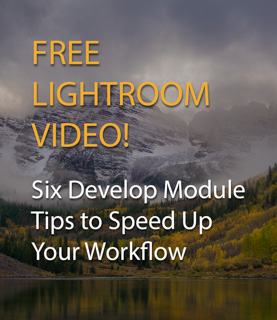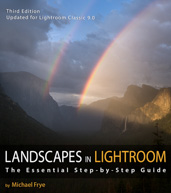by Michael Frye | May 21, 2020 | Announcements
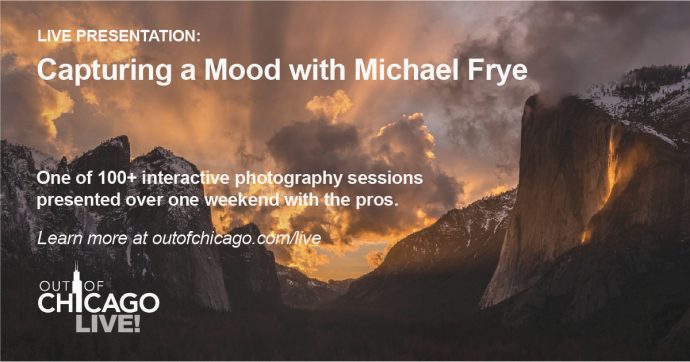
The Out of Chicago Live online photo conference last month was so much fun. I think everyone who participated relished the opportunity to focus their attention on photography for a few days, rather than on the coronavirus. And the lineup of speakers and presentations was outstanding. I got to see some of the presentations live, but there were many, many others that I missed, so I’ve been catching up by watching the recordings of the sessions.
And you can do that too, even if you didn’t attend the conference as it was happening. Every session was recorded, so you can enroll in the conference after the fact and see them all – over 100 sessions, including presentations, tutorials, panel discussions, and image reviews. You can find more information, including a complete list of every session, here:
Out of Chicago Live
(more…)
by Michael Frye | May 19, 2020 | Light and Weather
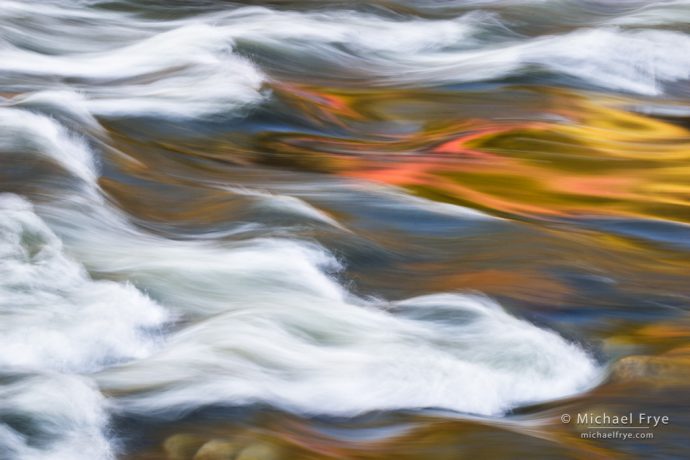
Redbud reflection in the Merced River, California
I made this photograph in March of 2004, with a 6-megapixel Canon 10D. That was my first digital camera, purchased only about nine months earlier, in the summer of 2003. The low resolution made this camera unsuitable for “serious” work, so for about two years I carried around both the Canon 10D and my Mamiya 645 film camera. I used the Canon for snapshots, and, when time allowed, to capture digital versions of my film images, so that I only had to scan the film captures when I really needed the extra resolution (like when making prints, or sending files to publishers).
I quickly learned to love digital capture. It was just so much easier: I could see the results right away, use the histogram to check the exposure, and magnify the image to see if everything was in focus. When photographing moving water I didn’t need to guess about the right shutter speed because I could try several, see the effects immediately, and dial in the shutter speed that best suited the situation. I found that the digital camera invited experimentation and creativity, because I didn’t have to pay for film and processing, and could see and refine the results of an experiment in the field. And, as if all that wasn’t enough, the dynamic range far exceeded transparency film, so the resulting images looked less harsh and more luminous. Resolution aside, when I compared images from my Mamiya and my Canon, I almost always preferred the ones from the Canon.
(more…)
by Michael Frye | May 10, 2020 | Vision and Creativity

Redbud above a rapid in the Merced River, California
My mother grew up in the Panama Canal Zone, in the hills above Panama City, running and playing all year in the tropical weather, watching sloths in the trees outside her bedroom window, shaking her shoes out each morning to make sure there were no scorpions inside.
When she was 13 years old her family moved to Queens, New York, but later, in the early years of her marriage, she and my father migrated to the outer suburbs, and once again she was surrounded by nature. She would often point out beautiful things she noticed to my brothers and me: the first buds of spring, a sunset, ice-coated branches, a bird singing, autumn leaves starting to turn…
(more…)
by Michael Frye | May 3, 2020 | Composition
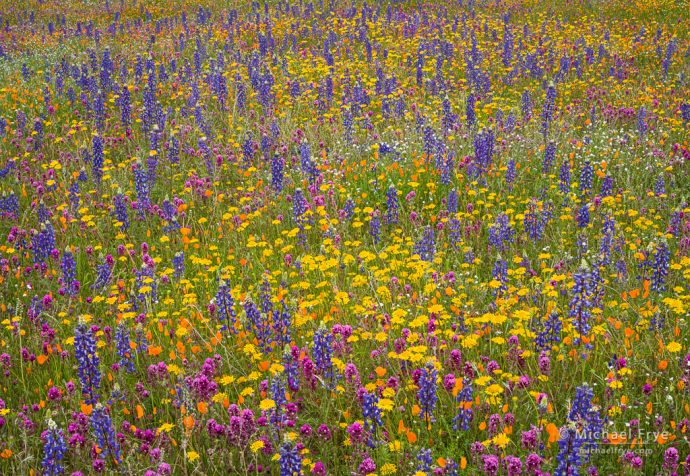
Spring colors, Mariposa County, California. 78mm; seven focus-stacked frames blended with Helicon Focus; each frame was 1/8 sec. at f/16, ISO 250.
I hope you’re all staying safe and not going too stir-crazy. I’m sure, like most of us, you’re anxious to be able to get out and photograph again. In the meantime, here are some thoughts about an often-overlooked aspect of composition that I hope will help you the next time you pick up your camera…
Balance doesn’t get talked about much, but it’s a vital aspect of composition. While looking for compositions I’m always thinking about balance – so much so that it’s become an unconscious act. I intuitively reject any composition that would feel unbalanced, and I’m often making subtle shifts in my camera position or framing to improve the balance of a photograph.
(more…)
by Michael Frye | Apr 20, 2020 | Advanced Techniques, Digital Photography Basics, Photography Tips
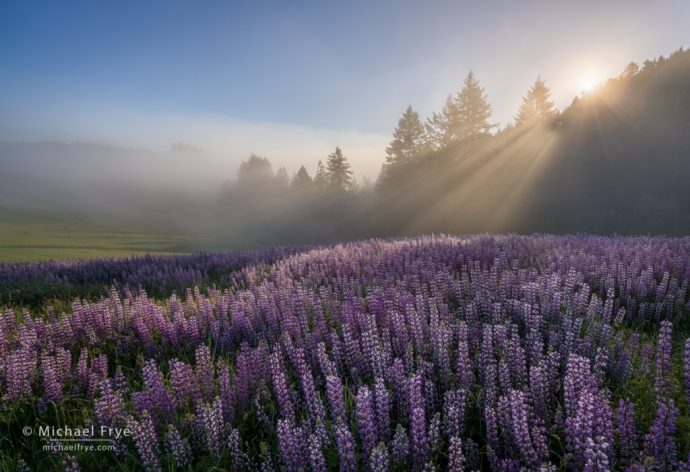
Sun rising over a field of lupines, Redwood NP, California. The focal length was 16mm, and the closest objects to the camera were the flowers at the very bottom of the frame, about two feet from the lens. I used my hyperfocal-distance shortcut to find the optimum focus distance, by doubling the distance from the closest object and focusing at four feet. Then I stopped to down to f/16 to get enough depth of field to make both the foreground and background sharp. 16mm, three bracketed exposures at f/16, ISO 100, blended with Lightroom’s HDR Merge.
In this recent post I talked about the importance of having a solid, well-practiced field routine, so that you don’t forget important steps, and you’ll be less likely to panic when the light gets interesting.
One of the steps in my routine, focusing, deserves a little more attention, so I’m going to cover that step in more detail here.
(more…)






